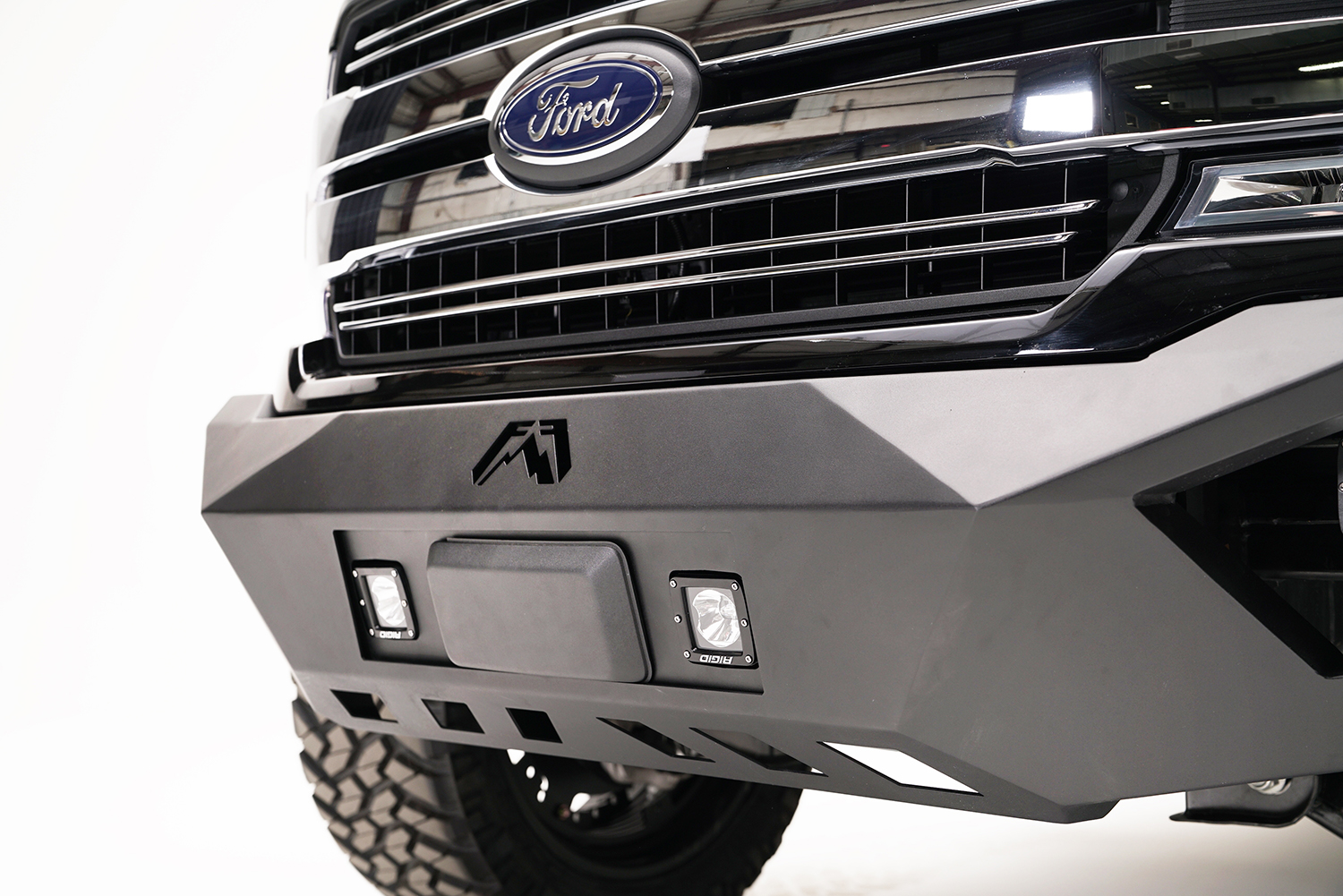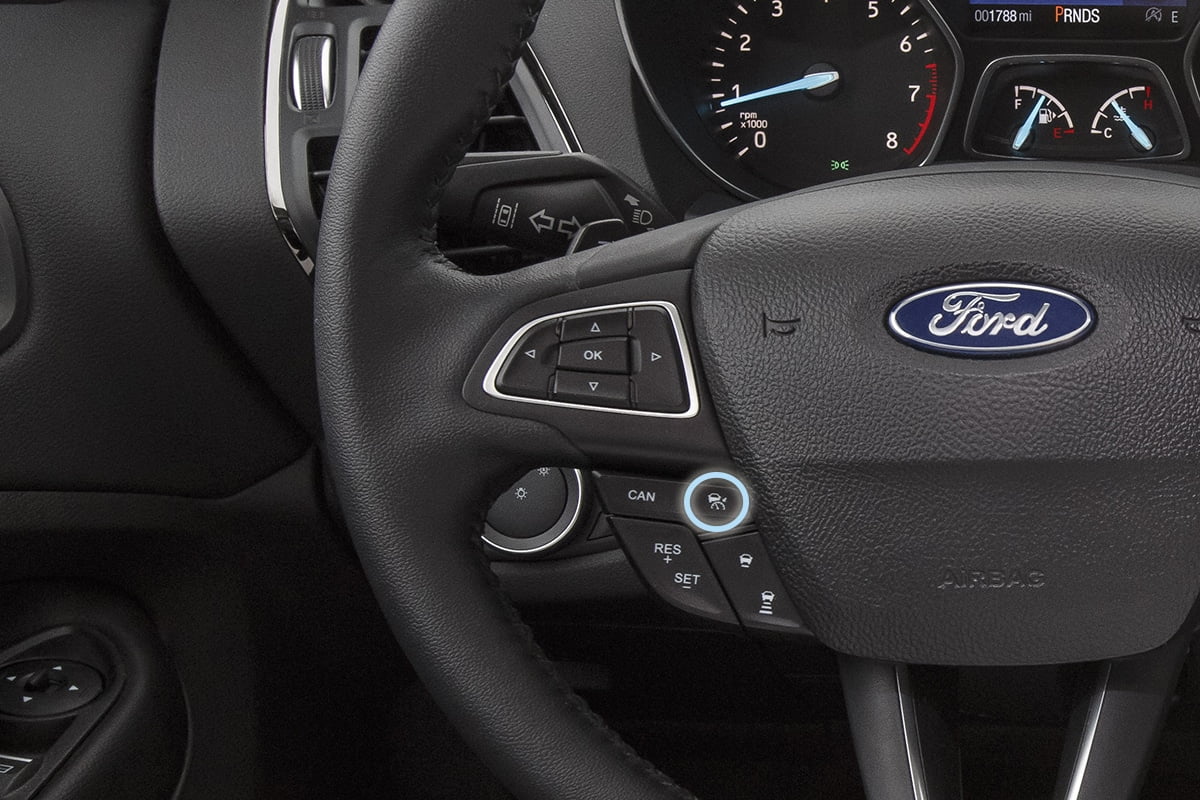Table Of Content
- Rostra 250-9612 Ford Focus S/SE 2012 Electronic Cruise Control Kit 12
- Can I add adaptive cruise control to my car?
- What Does the Cruise Button Do in a Car?
- Which cars have adaptive cruise control?
- SWITCHING BETWEEN CRUISE CONTROL MODES
- What Is the Difference Between Level 2 and Level 3 Autonomous Driving?
Although the state of autonomous driving today is Level 2, a few carmakers are on the precipice of Level 3. For example, Tesla’s Enhanced Autopilot, Ford’s BlueCruise, the Mercedes Drive Pilot, and General Motors’ Super Cruise bring the potential for Level 3. A few over-the-air software tweaks will turn the potential into reality.
Rostra 250-9612 Ford Focus S/SE 2012 Electronic Cruise Control Kit 12
Adaptive cruise control enables a safe and comfortable driving experience by monitoring other vehicles and objects on the road. This helps the driver keep a steady vehicle speed at a given moment. Yes, it is possible to add Adaptive Cruise Control to your car aftermarket. You can purchase an aftermarket kit that includes a control module and all necessary components, such as a radar sensor and camera, to install the system.
Can I add adaptive cruise control to my car?
If you want to modify a car with cruise control with all available features of factory-installed cruise control, be prepared to pay between $2000 and $2500. If you are looking for minimal cruise control that would benefit speeds of up to miles per hour, these more basic ACCs can cost as low as $500. Retrofitting adaptive cruise control in your car has advantages and disadvantages. Although adaptive cruise control does much to alleviate the driver’s work behind the wheel, it does not make a car self-driving. The driver must remain alert and in control in case of any unexpected conditions on the road. Stick to aftermarket regular cruise control and control the top speed and braking manually.
What Does the Cruise Button Do in a Car?
These features are not essential for the functioning of the ACC system, but they can be useful for increasing safety. Radar-based ACC is often sold together with a precrash system,[43] which warns the driver and/or provides brake support if there is a high risk of a collision. Also in certain cars, it is incorporated with a lane maintaining system which provides a power steering assist to reduce steering input burden on corners when the cruise control system is activated. Yes, aftermarket adaptive cruise control can be added to your F150 but it’s a bit complex. It involves installing sensors, a specialized bumper cover, and a processing module. This is particularly true if you do a lot of highway driving.
But what if you already own a car and want to add this feature? In this article, we’ll explore the possibilities of adding ACC to your vehicle aftermarket, as well as the pros and cons of doing so. Systems with multiple sensors can practice sensor fusion to integrate the data to improve safety and/or driving experience. GPS data can inform the system of geographic features such as a freeway offramp.
2017 GMC Sierra HD: a luxury heavy duty truck - CNET
2017 GMC Sierra HD: a luxury heavy duty truck.
Posted: Mon, 06 Mar 2017 08:00:00 GMT [source]
Q5: What are the Costs Associated with Installing Adaptive Cruise Control?
This is for a top-of-the-line system that can work at speeds ranging from 60 mph to a full stop. This system allows you to set a distance from the car in front of you and let the car do the braking and acceleration. One question you might have is whether you can add ACC aftermarket to a vehicle that did not already have it installed. Some systems can work at speeds as high as 60 mph, but most are limited to speeds between 20 to 25 mph. Pressing and holding the Cancel button will switch between cruise control modes. If everything is working, your car should be ready for further testing on the highway.
Adaptive cruise control (ACC) is an excellent feature that is now offered as standard on many newer vehicles. A cruise control switch integrates with the turn signal lever. The first ACC system to reach the U.S. market was in the 2001 Lexus LS 430. The "Dynamic Laser Cruise Control System" used a laser-based sensor to estimate traffic distance. ACC systems fall into a spectrum of functionality, as the extensive computerization of the car has led to ACC systems that do much more than merely follow a car ahead at a fixed distance. Be careful while doing so, misalignment or damage to the CCM module will trigger “adaptive cruise not available sensor blocked see manual” alert in your F150.

SWITCHING BETWEEN CRUISE CONTROL MODES

A more recent development is the binocular computer vision system, such as that introduced to the US market in model year 2013 by Subaru. These systems have front-facing video cameras mounted on either side of the rearview mirror and use digital processing to extract depth information from the parallax between the two cameras' views. Yes, Ford Co-Pilot 360 Assist includes Adaptive Cruise Control in its suite of advanced driver-assist technologies. Getting Adaptive Cruise Control installed at a dealership could cost you roughly $3,000 to $3,500, covering parts and labor. Yet, DIY enthusiasts have managed to add it to their F-150s for under $1,200.
What Is the Difference Between Level 2 and Level 3 Autonomous Driving?
That means the following distance will vary based on how fast you’re driving. The more you speed up, the farther back you’ll follow since it would take a greater distance to slow down or come to a stop. There are plenty of aftermarket kits to add cruise control to your ride. If you have some basic skills, this DIY upgrade can happen in an hour or two. Radar-based systems function in essentially the same manner as laser-based systems, but with the benefit that radar can penetrate through inclement weather and other obstacles more easily.
Some systems, like the standard version of Distronic or Honda’s ACC, will brake all the way to a stop, but then deactivate themselves. Other systems skip the low-speed functionality in favor of a more traditional high-speed adaptive cruise control system intended for highway usage. However, you will need additional components to make the cruise control work seamlessly in your car. It uses radar and camera sensors to detect the presence of other vehicles, and can even bring your car to a complete stop if needed.
Adaptive Cruise Control is an excellent addition to any vehicle, allowing you to maintain a safe speed and distance without having to manually adjust the cruise control. Aftermarket installation of adaptive cruise control is possible, but it should be done by a professional to ensure that it operates correctly and safely. With some research and the right tools, you can find the right setup to keep you safe and comfortable on the road. In our most recent survey, we asked CR members to rate their experiences with the advanced safety and driver assistance systems on their model-year 2017 to 2022 cars. Respondents answered questions about their satisfaction with the systems.
Safety or driver assistance features are no substitute for the driver’s responsibility to operate the vehicle in a safe manner. The driver should remain attentive to traffic, surroundings and road conditions at all times. Visibility, weather and road conditions may affect feature performance.
Once you set your speed, the cruise control kit will measure the engine load and vehicle speed to ensure your car stays cruising at the desired speed. The Rostra Cruise control kit measures engine load and vehicle speed; to ensure your car stays cruising at the desired speed. However, the Adaptive Cruise Control system helps save on gas by sensing changes in traffic speed and adjusting your vehicle’s speed accordingly, which saves you gas in the long run. So at the end of the day, it is up to you to decide whether to add adaptive cruise control or not. You could retrofit aftermarket cruise control to any vehicle. However, it is a very complex process since it involves installing multiple sensors and actuators before programming them to automatically vary vehicle speed.
